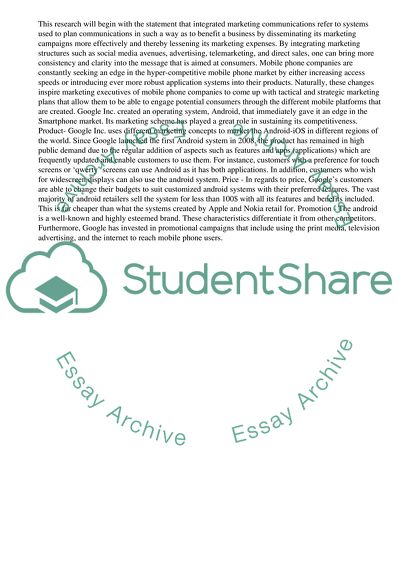Cite this document
(“Marketing Communications on The Smartphone Market Essay - 1”, n.d.)
Marketing Communications on The Smartphone Market Essay - 1. Retrieved from https://studentshare.org/management/1663018-marketing-communications
Marketing Communications on The Smartphone Market Essay - 1. Retrieved from https://studentshare.org/management/1663018-marketing-communications
(Marketing Communications on The Smartphone Market Essay - 1)
Marketing Communications on The Smartphone Market Essay - 1. https://studentshare.org/management/1663018-marketing-communications.
Marketing Communications on The Smartphone Market Essay - 1. https://studentshare.org/management/1663018-marketing-communications.
“Marketing Communications on The Smartphone Market Essay - 1”, n.d. https://studentshare.org/management/1663018-marketing-communications.


